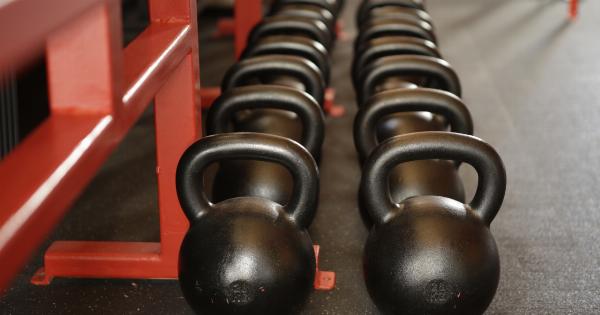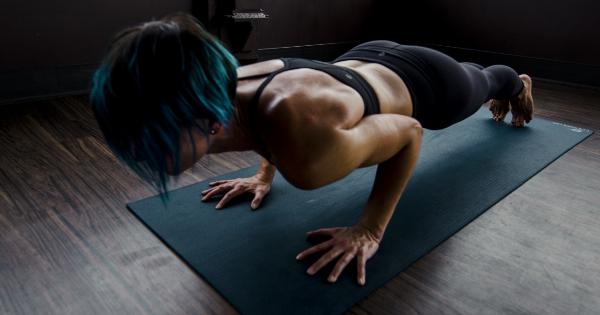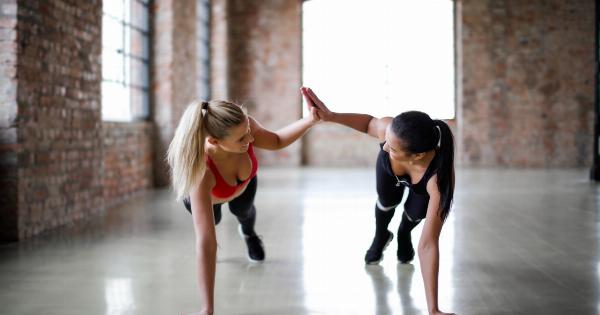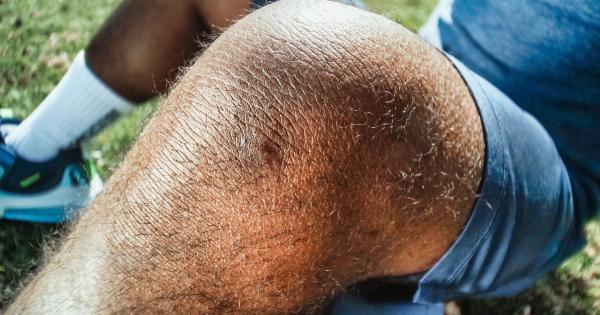Walking is a simple yet effective exercise that offers a wide range of benefits for our physical and mental well-being.
Whether you are a regular walker or just starting out, one important aspect that often goes overlooked is the importance of proper walking shoes. Believe it or not, the type of shoes you wear can greatly impact your overall walking experience and the benefits you derive from it.
In this article, we will explore the benefits of changing your walking shoes and why investing in a good pair is crucial for your walking routine.
1. Comfort and Support
One of the primary benefits of changing your walking shoes is the improved comfort and support they provide. Ill-fitting, worn-out shoes can cause discomfort and pain during your walks. They can lead to blisters, calluses, and even foot and leg injuries.
When you wear proper walking shoes, you ensure that your feet are adequately cushioned and supported. They are designed to provide arch support, shock absorption, and stability.
This reduces the strain on your feet, ankles, knees, and hips, making your walks more comfortable and enjoyable.
2. Injury Prevention
Wearing the wrong shoes while walking can put you at a higher risk of sustaining injuries. Without proper support and cushioning, you may experience conditions such as plantar fasciitis, Achilles tendonitis, shin splints, or stress fractures.
Investing in a good pair of walking shoes can significantly reduce the likelihood of these injuries.
The right shoes offer the necessary stability and protection to prevent overpronation or supination, promoting a more natural gait and reducing the strain on your joints and muscles.
3. Enhanced Performance
When you switch to proper walking shoes, you’ll likely notice an improvement in your walking performance. The comfort, support, and stability these shoes provide allow you to walk longer distances at a faster pace without discomfort.
As a result, you can push yourself to achieve your walking goals and improve your cardiovascular fitness.
In addition, high-quality walking shoes often have features that enhance your walking experience. Some shoes have breathable materials to keep your feet dry and prevent bacterial growth.
Others may have built-in shock absorption technology to reduce the impact on your joints. These features contribute to an overall better walking experience and improved performance.
4. Injury Recovery
If you have suffered from a foot or leg injury in the past, changing your walking shoes becomes even more crucial. Properly designed walking shoes can aid in injury recovery by providing the necessary support and cushioning.
They help alleviate pressure on the injured area, facilitating the healing process and allowing you to gradually return to your walking routine.
5. Longevity of Shoes
Regularly changing your walking shoes also helps increase their longevity. When you rotate between multiple pairs of shoes, they have ample time to dry out and regain their shape between uses.
This prevents excessive wear and tear and ensures that the cushioning and support of your shoes remain effective for a longer period.
Experts recommend replacing your walking shoes every 300-500 miles or every 3-6 months, depending on your walking frequency and the wear they have endured.
By changing your shoes regularly, you avoid using worn-out shoes that no longer provide the necessary support, which can lead to injuries.
6. Improved Posture and Alignment
Walking with proper alignment and posture is essential for preventing muscle imbalances and joint problems. Ill-fitting shoes can disrupt your natural walking mechanics, leading to poor posture and alignment.
The right walking shoes help facilitate proper alignment by assisting your feet and body in maintaining a neutral position. They promote a more efficient walking gait, minimizing the risk of strain on your muscles and connective tissues.
Good alignment also aids in distributing your weight evenly across your feet, reducing the pressure on specific areas and preventing foot problems.
7. Mental Well-being
Physical health benefits aside, changing your walking shoes can also have a positive impact on your mental well-being.
Walking is already known to reduce stress and boost mood, but investing in comfortable and attractive walking shoes can enhance these effects.
When you feel good about what you wear while walking, it can boost your confidence and motivation. Stylish walking shoes that fit well and look great can make your walking routine more enjoyable and something to look forward to.
They can serve as a personal fashion statement that adds a touch of excitement and fun to your walks.
8. Shoe Selection Tips
When it comes to choosing the right walking shoes, there are a few factors to consider:.
– Proper Fit: Ensure your shoes are the correct size and width for your feet. They should fit snugly without being too tight or too loose.
– Arch Support: Choose shoes that provide appropriate support for your arch type, whether it’s high, medium, or low.
– Cushioning: Look for shoes with sufficient cushioning to absorb impact and reduce pressure on your joints.
– Breathability: Opt for shoes made from breathable materials to keep your feet dry and comfortable during long walks.
– Stability: Consider shoes with good stability features to prevent excessive pronation or supination.
9. Gradual Transition
If you are switching to a new pair of walking shoes, it’s important to allow for a gradual transition. Start by alternating between your old and new shoes for short distances, gradually increasing the time spent in the new shoes.
This helps your feet and body adjust to the subtle differences in fit and support, minimizing the risk of developing discomfort or injuries.
10. Consult a Professional
If you have specific foot conditions or concerns, it may be helpful to consult a podiatrist or footwear specialist. They can evaluate your feet, recommend appropriate shoe options, and provide valuable insights into your walking biomechanics.
Their expertise ensures that you find the perfect pair of walking shoes tailored to your individual needs.































